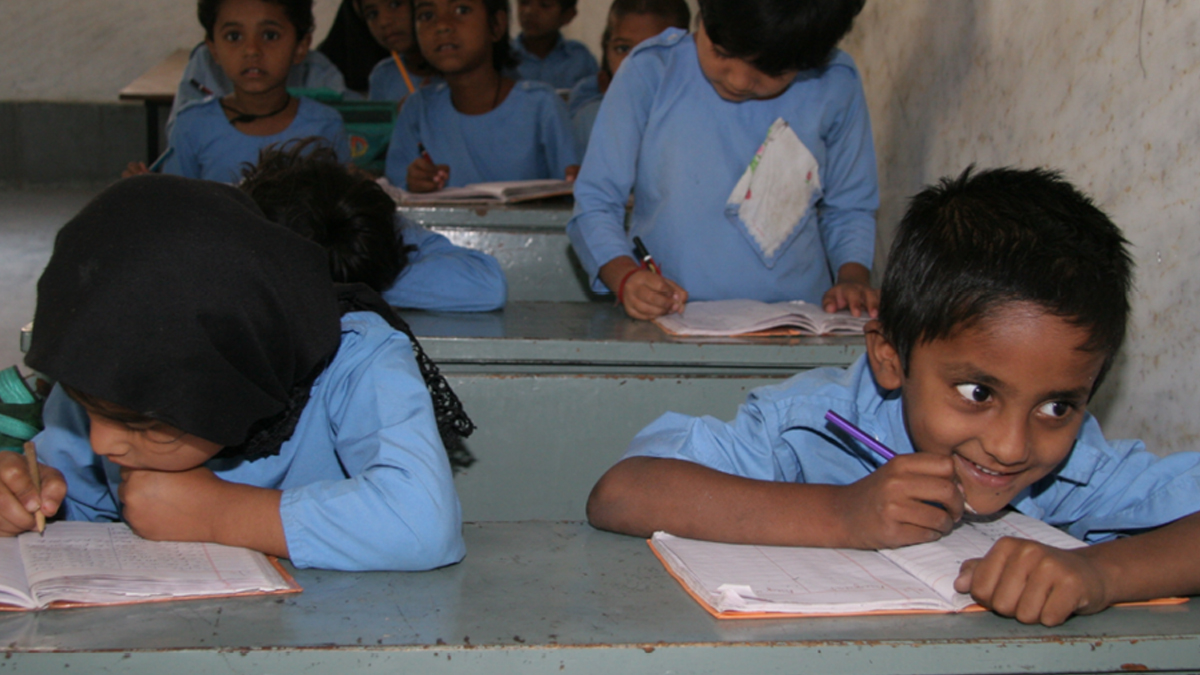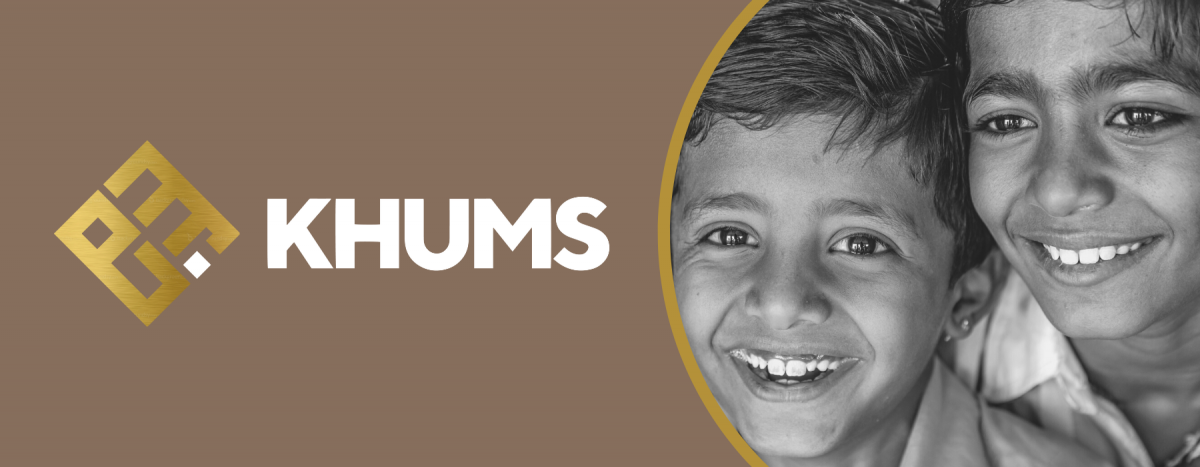Commit to Faith: As we embark upon the new year, pledge to fulfill your Khums obligation. Your contributions play a pivotal role in cultivating a dynamic and supportive community.
In Islamic jurisprudence, ‘Khums,’ literally translating to ‘one-fifth‘, signifies a mandatory (wajib) religious tax applicable to various sources, with the most prevalent being surplus income derived from earnings and gains. The stipulated amount for Khums on surplus income is 20%.
























